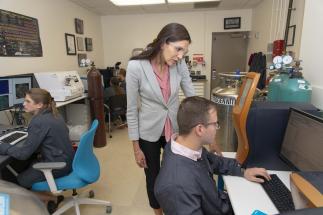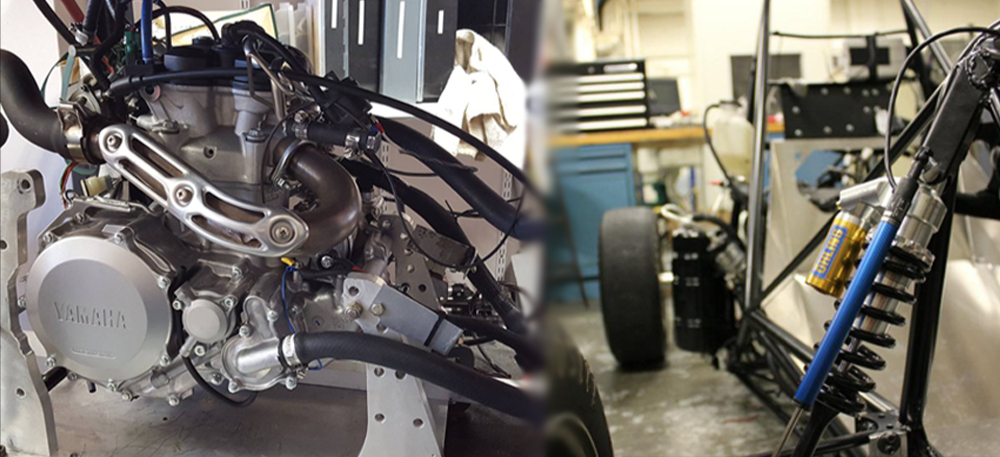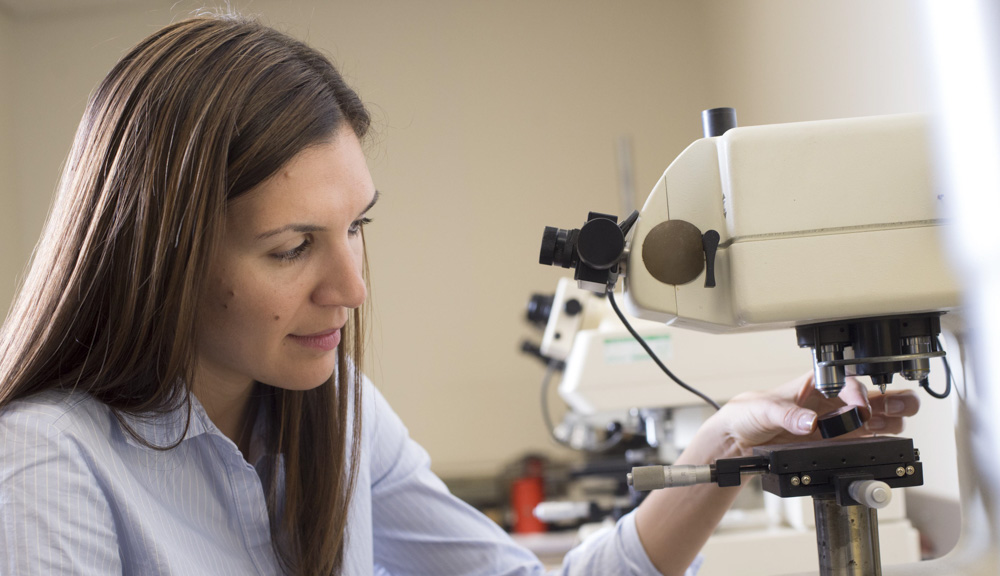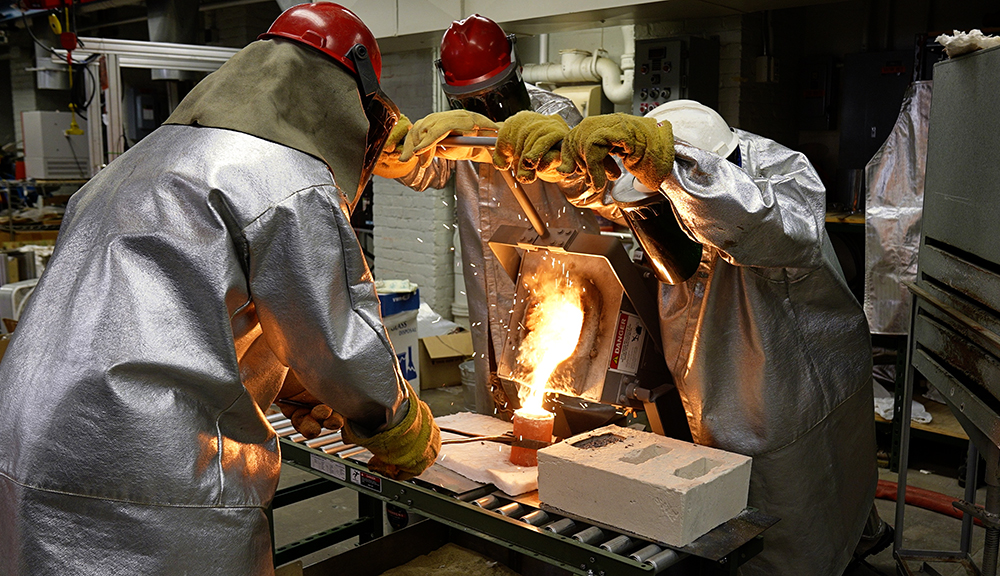Worcester Polytechnic Institute (WPI) has received a three-year, $25 million award from the U.S. Army Combat Capabilities Development Command Army Research Laboratory (CCDC-ARL) to advance a 3D printing technique that could be used to repair vehicles and other critical technology in the field, avoiding the sometimes extensive wait for new parts and increasing the readiness of military units.
The new award builds on the university’s deep and distinctive experience with powder metallurgy and computational tools for materials design gained with nearly $30 million in previous Army funding.
The current Army Research Laboratory (ARL) award will focus on a technique called cold spray, which can be used to repair metal parts or even make new parts from scratch by building up metal layer by layer in a process known as additive manufacturing, commonly known as 3D printing. Cold spray uses a pressurized gas to accelerate metal powders to near supersonic speeds. The force of impact causes the powders to adhere to the metal upon impact. There is no need to first melt the powders. The process can be reduced to a portable handheld applicator, which makes it attractive for use in the field.
“The Army is interested in cold spray 3D printing as a repair technique,” said Danielle Cote, assistant professor of materials science and engineering and director of WPI’s Center for Materials Processing Data , who is the principal investigator for the ARL project. “It’s cheaper to repair a part than to replace it, and you get the equipment back in service faster. The Army’s primary interest is unit readiness. If you’re on a mission and need to move quickly to a safer place, and a critical part on your vehicle breaks, you’re stuck unless you can repair it quickly. That’s where cold spray comes in.”









